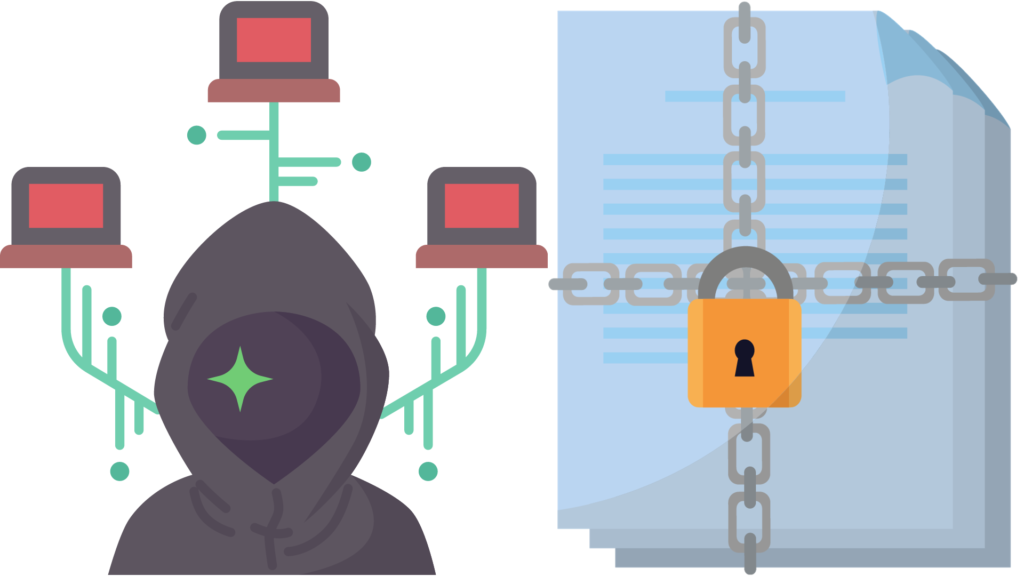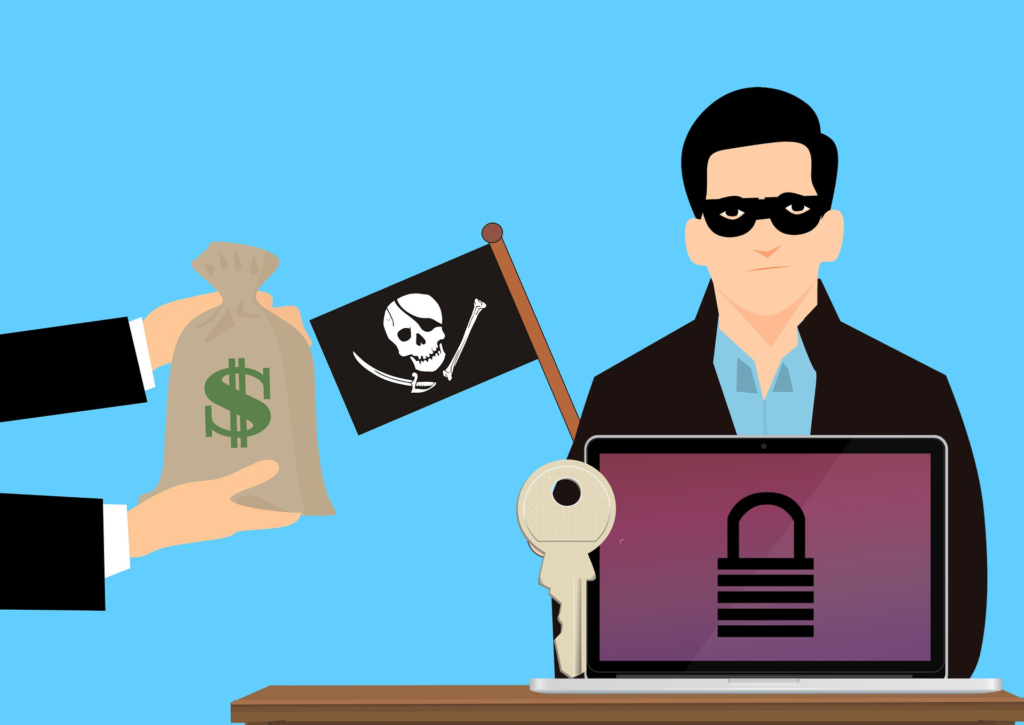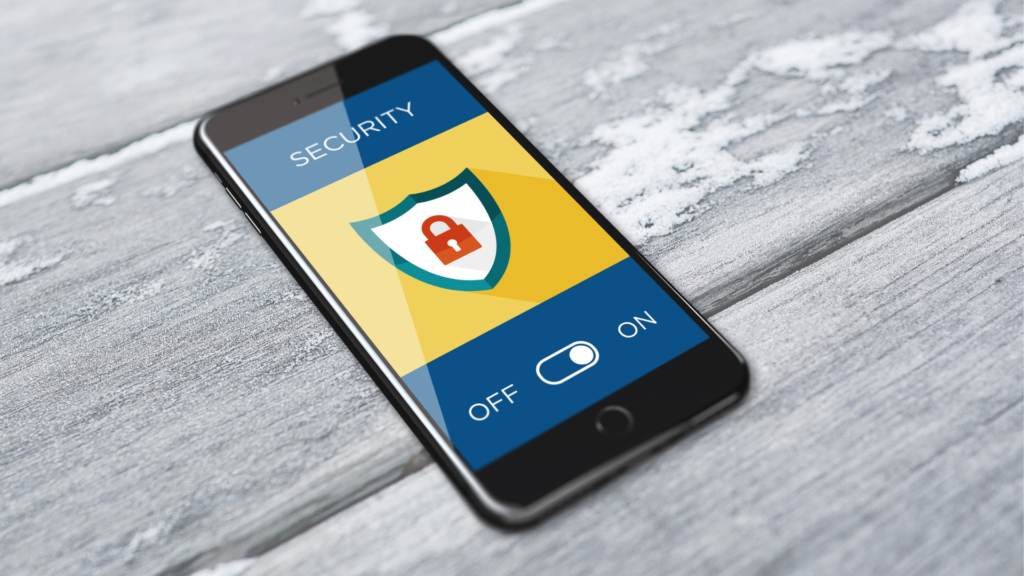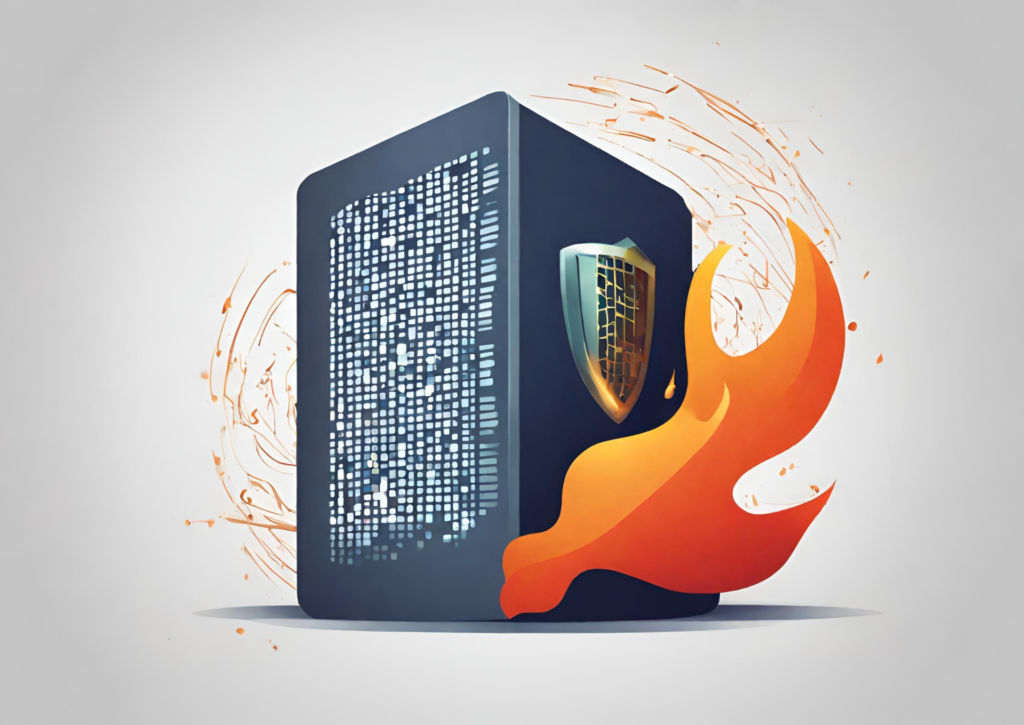Introduction
Cybersecurity : In today’s digital age, where our lives are intricately intertwined with technology, ensuring the security of our digital assets has become paramount. Cybersecurity, a term often shrouded in mystery, is the practice of safeguarding your digital world from threats and attacks. This article aims to shed light on cybersecurity in a human-friendly tone, providing you with insights into its significance, strategies to protect yourself, and answers to common questions.
In our interconnected world, where everything from our finances to our personal conversations exists in the digital realm, cybersecurity is the digital equivalent of locking your doors and windows at night. This article aims to demystify cybersecurity, making it accessible and understandable for everyone.
The digital age has ushered in unparalleled convenience, enabling us to connect, communicate, and transact from the comfort of our devices. However, this convenience comes with a price – the constant threat of cyberattacks. As we embark on this journey to understand cybersecurity, let’s begin by exploring why it’s of paramount importance.
The Importance of Cybersecurity
Cybersecurity is not just an option; it’s a necessity. The digital threats we face are real and ever-evolving. Without adequate cybersecurity measures in place, you risk exposing your personal information, financial assets, and even your identity to malicious actors.
The rapid growth of the internet and technology has opened up a vast playground for cybercriminals. They exploit vulnerabilities in our devices, networks, and human psychology to gain unauthorized access, steal data, and cause chaos.
Cybersecurity plays a crucial role in today’s digital landscape. With the increasing number of cyber threats and sophisticated cyberattacks, it has become essential to prioritize the protection of our digital assets.
The importance of cyber security cannot be overstated, as it helps safeguard our personal information, financial data, and sensitive business information from unauthorized access, theft, and misuse. It also ensures the integrity and availability of our systems and networks, preventing disruptions to our daily lives and business operations.
Without effective cyber security measures in place, individuals, organizations, and even nations are vulnerable to cybercrime, which can have devastating consequences. Therefore, investing in robust cyber security practices and staying updated with the latest security technologies is crucial for maintaining a secure and resilient cyber environment.
Common Cyber Threats
Hacking and Unauthorized Access

Hackers are constantly probing for vulnerabilities in computer systems. They exploit these weaknesses to gain unauthorized access, potentially wreaking havoc on your digital life. While the term “hacker” can conjure images of mysterious individuals in dark rooms, hacking takes various forms, and not all hackers are malicious. Ethical hackers, also known as white-hat hackers, use their skills to identify vulnerabilities and help secure systems.
However, malicious hackers, often referred to as black-hat hackers, are the ones we need protection against. They may seek financial gain, political motives, or simply derive satisfaction from causing harm. Common hacking techniques include the following:
- Brute Force Attacks: Hackers attempt to guess passwords systematically until they find the correct one.
- SQL Injection: By manipulating a website’s input fields, hackers can gain access to a database.
- Zero-Day Exploits: These target vulnerabilities in software that are unknown to the vendor, making them challenging to defend against.
Malware and Ransomware
Malware, a portmanteau of “malicious software,” encompasses a wide range of harmful software programs designed to infiltrate and damage computer systems. Ransomware, a particularly menacing form of malware, encrypts a victim’s files and demands a ransom in exchange for the decryption key.

Malware can enter your system through:
- Email Attachments: Opening infected email attachments can trigger malware installation.
- Infected Websites: Visiting compromised websites may initiate a malware download.
- Software Downloads: Downloading software from untrustworthy sources can introduce malware.
Phishing Attacks
Phishing attacks are a type of social engineering in which cybercriminals masquerade as trusted entities to deceive individuals into revealing sensitive information. These attacks can occur via email, text messages, or fraudulent websites. Phishing emails often contain urgent messages or enticing offers to manipulate recipients into taking action.
To guard against phishing, it’s essential to:
- Verify Sender Identities: Ensure emails are from legitimate sources.
- Be skeptical: Question the authenticity of unexpected messages.
- Avoid clicking on suspicious links: Hover over links to preview their destination.
Understanding these common cyber threats is the first step in protecting yourself and your digital assets. In the following sections, we’ll delve deeper into strategies to fortify your cybersecurity defenses.
Protecting Your Digital World
Strong Passwords and Two-Factor Authentication

Creating strong, unique passwords for each account and enabling two-factor authentication (2FA) adds an extra layer of security. Passwords should be complex, incorporating a mix of letters, numbers, and symbols. Avoid using easily guessable information like birthdays or common words.
2FA requires you to provide two forms of identification before granting access, typically something you know (password) and something you have (e.g., a mobile authentication code). This additional step makes it significantly more challenging for unauthorized individuals to breach your accounts.
Regular Software Updates

Software updates often contain patches for known vulnerabilities. Keeping your software up-to-date is crucial. Cybercriminals frequently target outdated software because they know these vulnerabilities are unaddressed.
Both operating systems and third-party applications should be regularly updated. Many software programs offer automatic update options, simplifying this essential task.
Firewalls and Antivirus Software

Firewalls act as a barrier between your network and potential threats. They monitor incoming and outgoing traffic, blocking suspicious activity. Many operating systems come with built-in firewalls, and additional firewall software is available for added protection.

Antivirus software detects and removes malicious programs, including viruses, Trojans, and spyware. Regularly updating your antivirus software ensures it can identify and combat new threats effectively.
Safe Browsing Practices
Avoiding suspicious websites and not clicking on unknown links can prevent many cyber threats. Many malicious websites and phishing attempts rely on users taking the bait.
Be cautious when clicking on links, especially in emails or on social media. Verify the authenticity of websites before entering sensitive information, and consider using browser extensions that block known malicious sites.
Practicing safe browsing habits can prevent many cyber threats. Here are some tips:
- Use Secure Websites: Look for “https://” in the URL and a padlock icon in your browser’s address bar, indicating a secure connection.
- Be Cautious with Email Links: Hover over links to see their destination before clicking.
- Avoid Suspicious Websites: If a website looks unprofessional or asks for excessive personal information, leave immediately.
- Don’t Download Unknown Files: Be cautious about downloading files from unfamiliar websites or sources.
Cybersecurity for Businesses
Data Protection
Businesses must safeguard sensitive customer data to maintain trust and comply with data protection regulations. Data breaches can result in severe financial penalties, legal consequences, and reputational damage.
Implementing robust data protection measures, such as encryption and access controls, is essential. Additionally, businesses should have a clear data retention policy and regularly audit their data handling practices.
Employee Training
Well-trained employees are the first line of defense against cyber threats. Regular training is essential. Employees should be educated on cybersecurity best practices, including identifying phishing emails, recognizing suspicious activity, and reporting incidents promptly.
Human error is a common factor in cybersecurity breaches. Proper training can reduce the likelihood of employees inadvertently compromising security.
Incident Response Plans
Having a plan in place to respond to cyber incidents can minimize damage and downtime. No system is entirely invulnerable, so organizations must be prepared to respond effectively when breaches occur.
Incident response plans outline the steps to take when a breach is detected. This includes identifying the scope of the breach, containing it, notifying affected parties, and conducting a thorough post-incident analysis to prevent future occurrences.
Privacy in the Digital Age
Data Privacy Regulations
Laws like GDPR (General Data Protection Regulation) and CCPA (California Consumer Privacy Act) protect your data privacy rights. Familiarize yourself with them, especially if you conduct business online.
These regulations give individuals greater control over their personal data. They require organizations to be transparent about their data collection and usage practices, as well as providing mechanisms for individuals to access or delete their data.
Protecting Personal Information
Be cautious about sharing personal information online, especially on social media. Cybercriminals can use seemingly innocuous details to craft convincing phishing emails or gain unauthorized access.
Review your privacy settings on social media platforms and limit the amount of personal information you share. Use strong privacy settings to control who can see your posts and personal details.
The Human Element in Cybersecurity
Social Engineering
Cybercriminals often manipulate people through social engineering tactics. Be vigilant. Social engineering relies on psychological manipulation to deceive individuals into divulging confidential information or performing actions that compromise security.
Common social engineering techniques include impersonating trusted individuals, creating a sense of urgency, or appealing to emotions. Recognizing these tactics is crucial in defending against social engineering attacks.
Online Behavior
Your online behavior can impact your security. Avoid oversharing and practice discretion. In the age of social media, it’s easy to share personal information and experiences with a wide audience.
However, oversharing can inadvertently provide cybercriminals with valuable information. They can use details from your online life to craft convincing attacks or impersonate you.
Emerging Cybersecurity Trends
Artificial Intelligence in Security
AI is being used to detect and respond to threats faster than ever. Machine learning algorithms can analyze vast amounts of data and identify patterns that human analysts might miss.
AI-powered security solutions can provide real-time threat detection and automated responses, helping organizations stay ahead of cyber threats.
IoT and Smart Device Security
As more devices connect to the internet, securing them becomes crucial. The Internet of Things (IoT) encompasses everything from smart thermostats to wearable devices.
Many IoT devices have vulnerabilities that cybercriminals can exploit. Securing these devices and networks is essential to prevent them from becoming entry points for cyberattacks.
Cloud Security
With the rise of cloud computing, understanding how to secure your data in the cloud is essential. Cloud services offer numerous benefits, but they also introduce new security challenges.
Cloud security involves protecting data stored in remote servers and ensuring that only authorized users can access it. Robust encryption and access controls are essential components of cloud security.
Conclusion
In a world where the digital and physical realms are inseparable, cybersecurity is not just a buzzword; it’s a shield that protects us. By following best practices, staying informed about emerging threats, and being cautious in our online interactions, we can navigate the digital landscape safely.
Frequently Asked Questions
- What is cybersecurity, and why is it important?
- Cybersecurity is the practice of protecting your digital assets from threats and attacks. It’s important because our digital lives are vulnerable to various threats, and a breach can have serious consequences.
- How can I protect myself from cyber threats?
- You can protect yourself by using strong passwords, enabling two-factor authentication, keeping your software up to date, and practicing safe online behavior.
- Why is cybersecurity essential for businesses?
- Businesses handle sensitive customer data and must maintain trust. Cybersecurity is crucial for data protection and regulatory compliance.
- What are some common signs of a phishing attack?
- Common signs include unsolicited emails requesting personal information, urgent messages, and suspicious website links.
- What are the latest trends in cybersecurity?
- Emerging trends include the use of artificial intelligence in security, securing IoT devices, and enhancing cloud security.
Remember, in the digital age, cybersecurity is everyone’s responsibility. Stay informed, stay safe, and protect your digital world.

